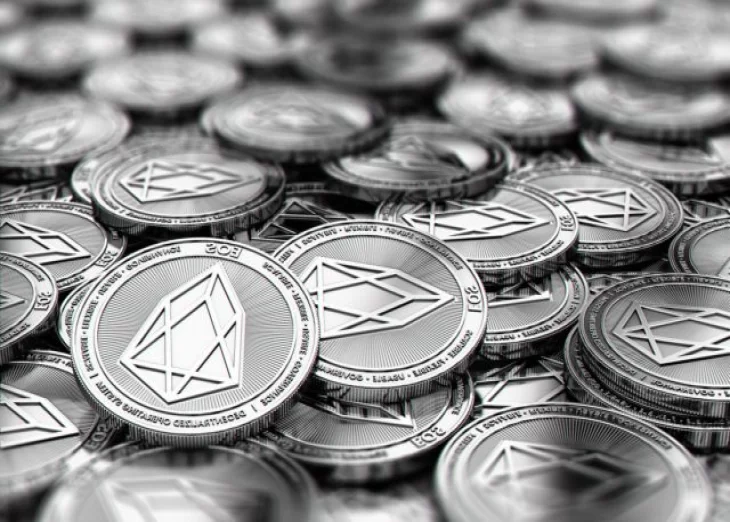What is EOS? How is it different from other blockchains?

EOS blockchain and the people behind it have a purpose. To fuel the development of highly-efficient, and scalable enterprise-grade decentralized applications (dApps).
Chief architect, Dan Larimer is a prominent industry figure in the cryptocurrency space. He is the leading technical force behind Block. One, Steemit, a blockchain-based social media platform, and BitShares, a peer-to-peer decentralized cryptocurrency exchange.
Block. One essentially owns 10 percent of all the EOS network tokens.
The EOS project came to life through a widely publicized year-long token offering which started on June 26th, 2017.

The Initial Coin Offering(ICO) concluded in the consecutive year. Block. One ended up selling 1 billion tokens.
The company raked in a massive $4 billion dollars. The token sale was one of the largest crowdfunding events in the history of the cryptocurrency industry.
Without giving few the leverage of lapping up vast portions of tokens in a private-sale like an arrangement (something which ICOs had become notorious for), the EOS ICO was carried out as follows with an aim to spread tokens far and wide throughout the whole ecosystem at realistic market prices:
- 200 million (20%) tokens distributed from June 26, 2016, to July 1, 2017
- 700 million (70%) tokens sold at a rate of 2 million per day for 350 days.
- 100 million (10%) held in escrow for Block. One to keep their incentives in line with that of the EOS community. Block.one’s tokens will vest over a 10-year period at 10 million tokens a year.
One of the objectives of EOS other than becoming an operating system like a platform for building commercially viable, Avant-grade decentralized applications, is to be able to process millions of transactions per second.
This could be quite a possibility. How? Only 21 nodes spread over the EOS network. Block formations need consensus only amongst these 21 nodes.

This is not possible on Ethereum millions of nodes present on the network.
A delegated proof-of-stake (DPoS) model is at the heart of the EOS ecosystem.
Essentially, stakeholders in the EOS network get to resolve consensus issues pertaining to block production through voting which makes the entire arrangement democratic and fair. Depending on the number of coins, each EOS holder has a right to call the shots on the proceedings of the network.

EOS tokens help developers use network resources and build dApps. Coin holders who don’t run apps can rent computing power to others. Mining doesn’t happen on the EOS network. Block producers generate the required number of blocks and collect new EOS tokens as rewards.
They have the flexibility to publish the desired figure for their expected pay. The number of tokens created is calculated on the basis of the median value of the expected pay published by all block producers.
The mechanism has a cap in place already to address high reward payment demands. The total annual hike in the token supply remains well below 5%. Token holders, who are voters on such matters, have the authority to vote out block producers who demand more inflation, as deemed necessary.
This mechanism acts complementary to EOS storage, as all token holders will pay for the storage of files on the EOS network through a portion of annual inflation. Storing a file on the network leads to EOS tokens being held up.
More storage requirements result in more blocks demanded by block creators. They can ask for a higher price for their work through higher pay inflation which can be approved by token holders. In the case of decreased storage demand, inflation will be lower, thereby leading to smaller degradation in loss of value of EOS tokens held up.
The post What is EOS? How is it different from other blockchains? appeared first on Bitcoinist.com.
source: https://bitcoinist.com/what-is-eos-how-is-it-different-from-other-blockchains/
TheBitcoinNews.com is here for you 24/7 to keep you informed on everything crypto. Like what we do? Tip us some BATSend Tip now!














Article comments